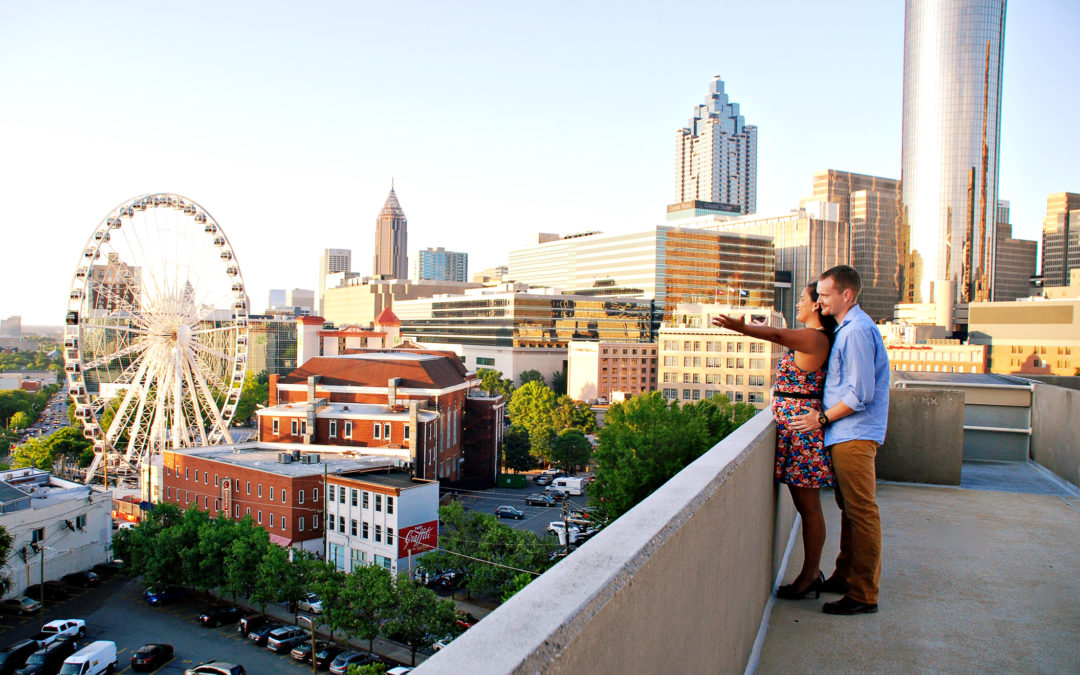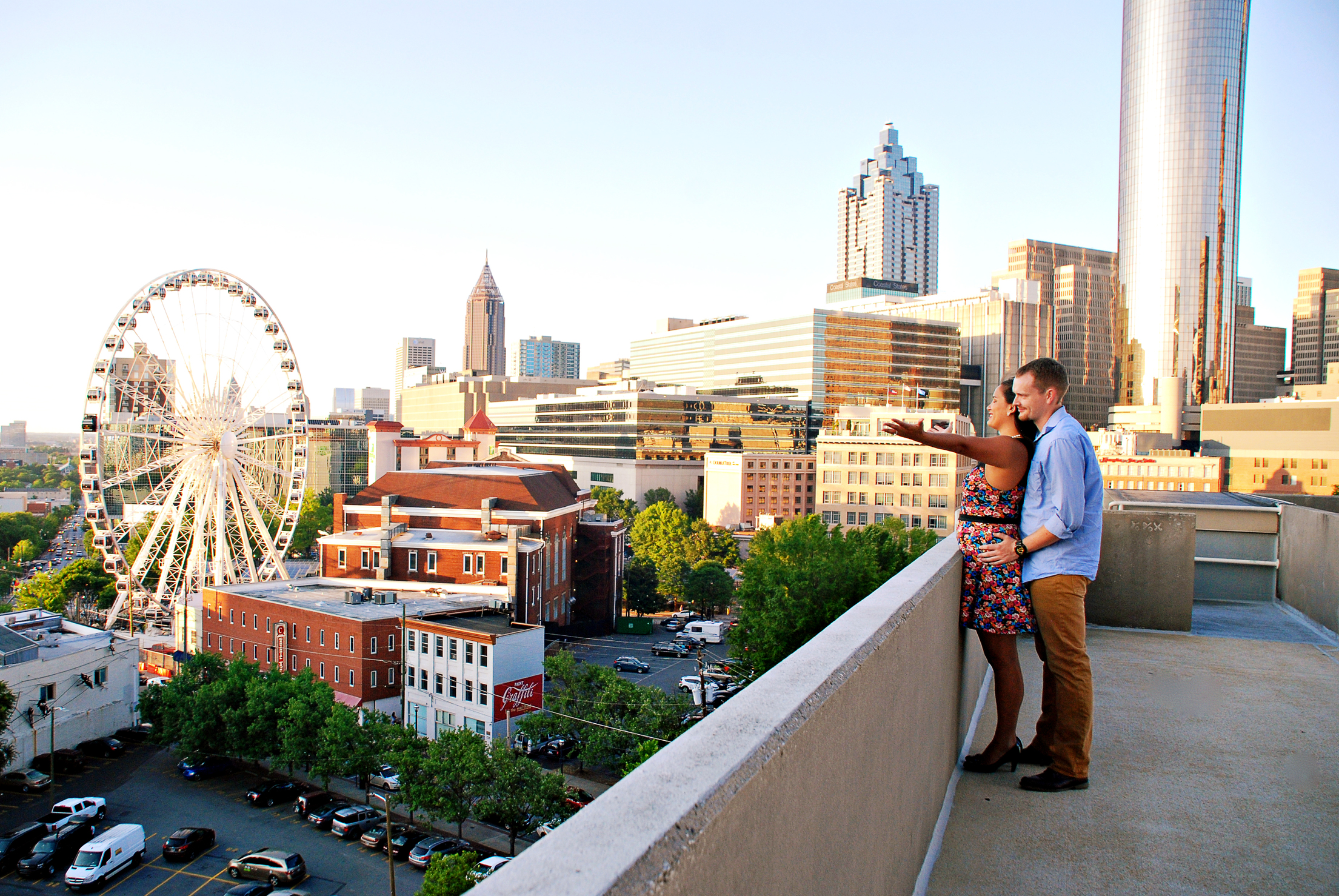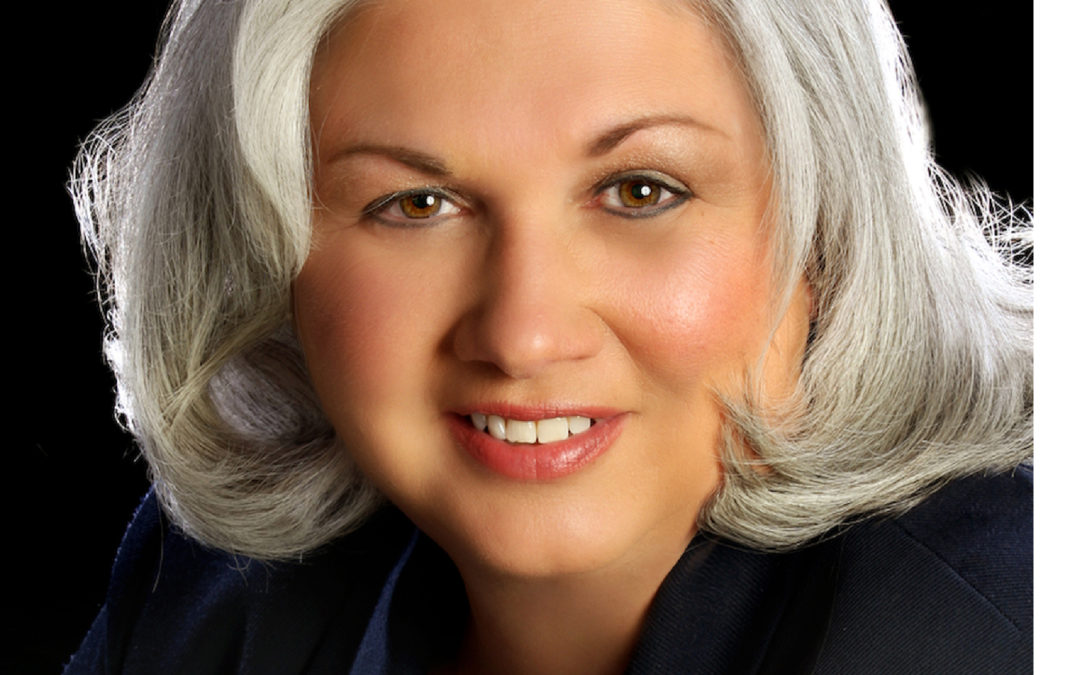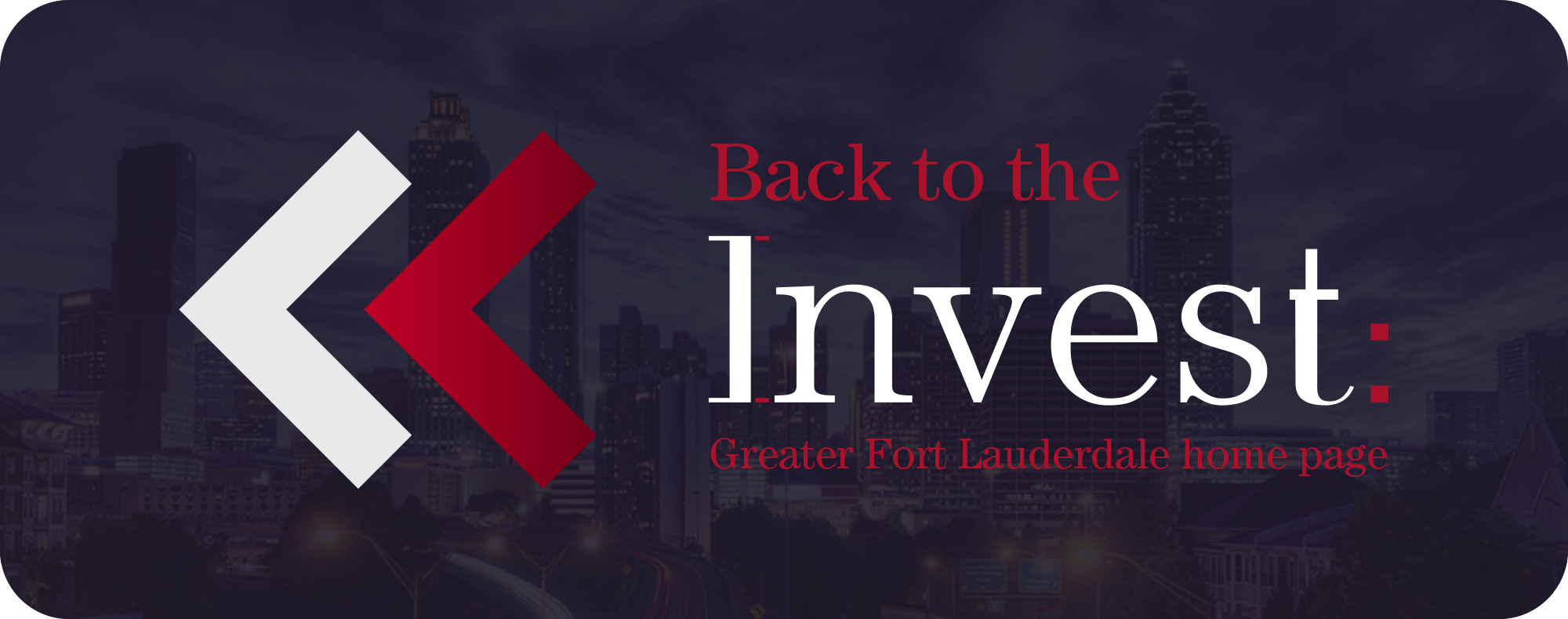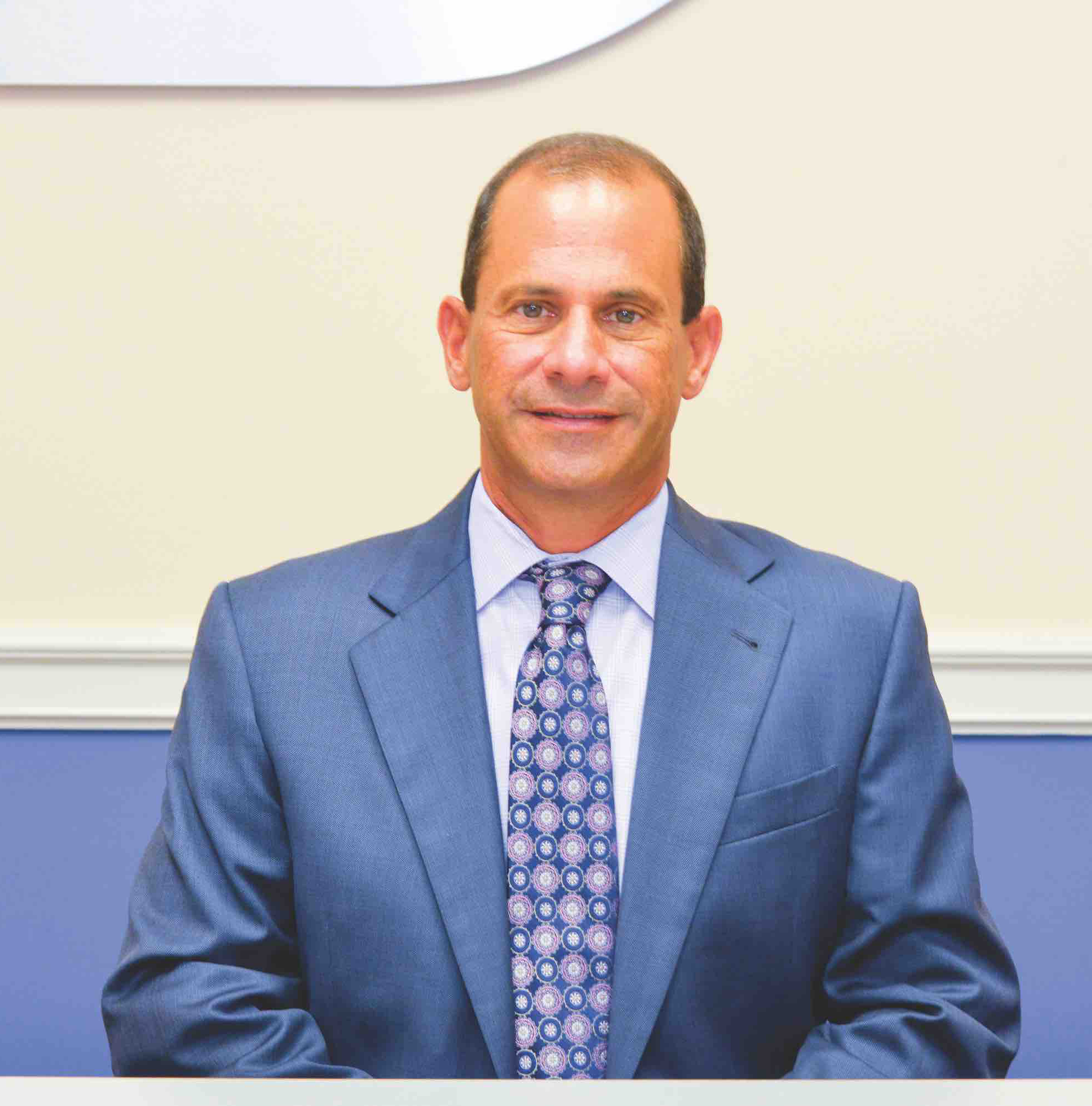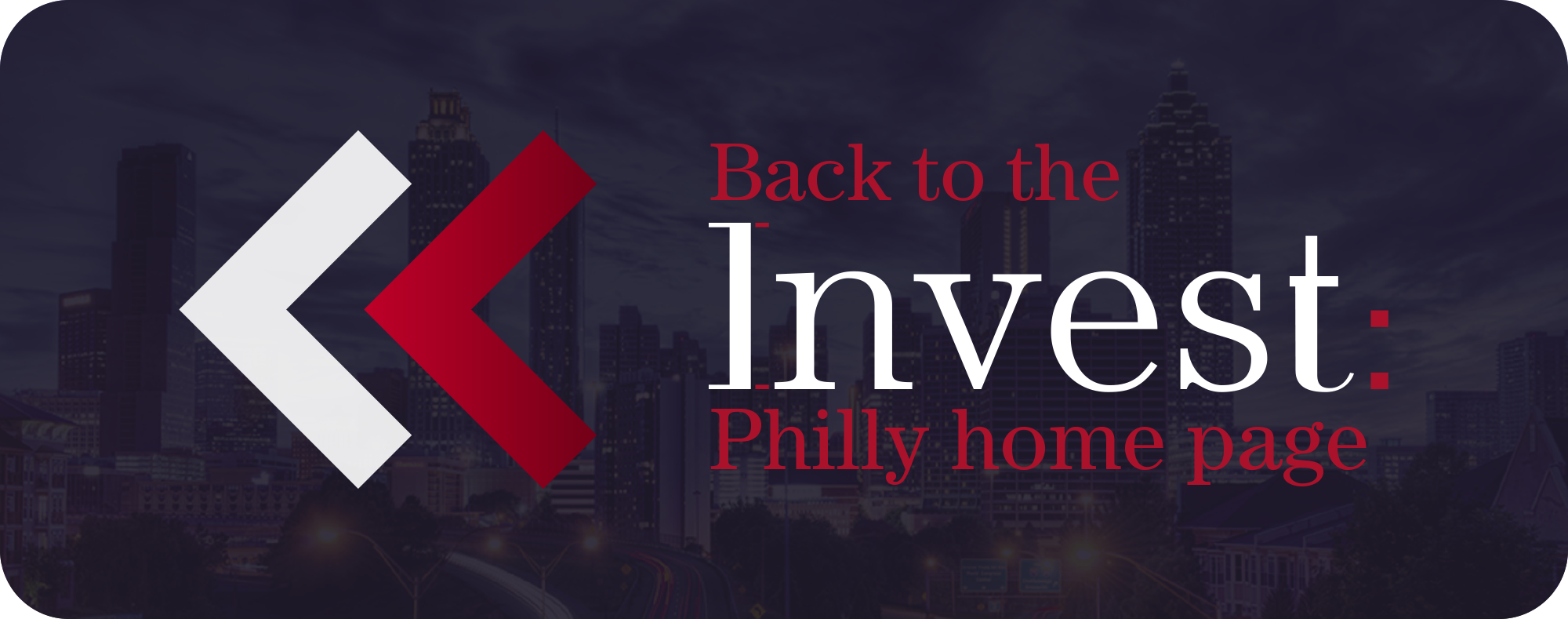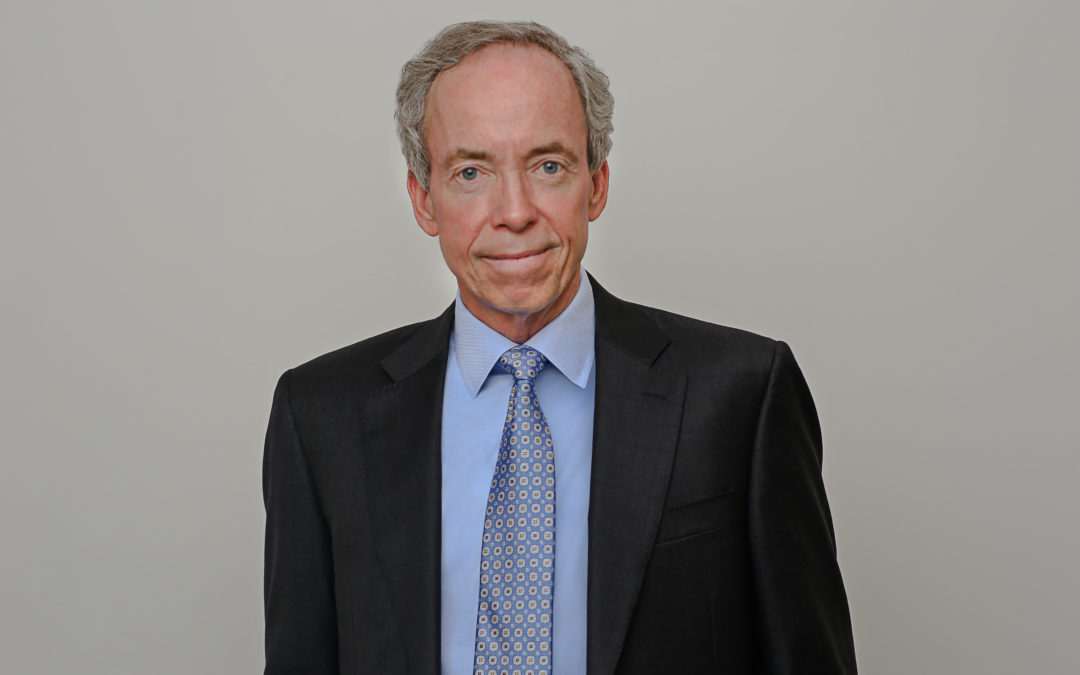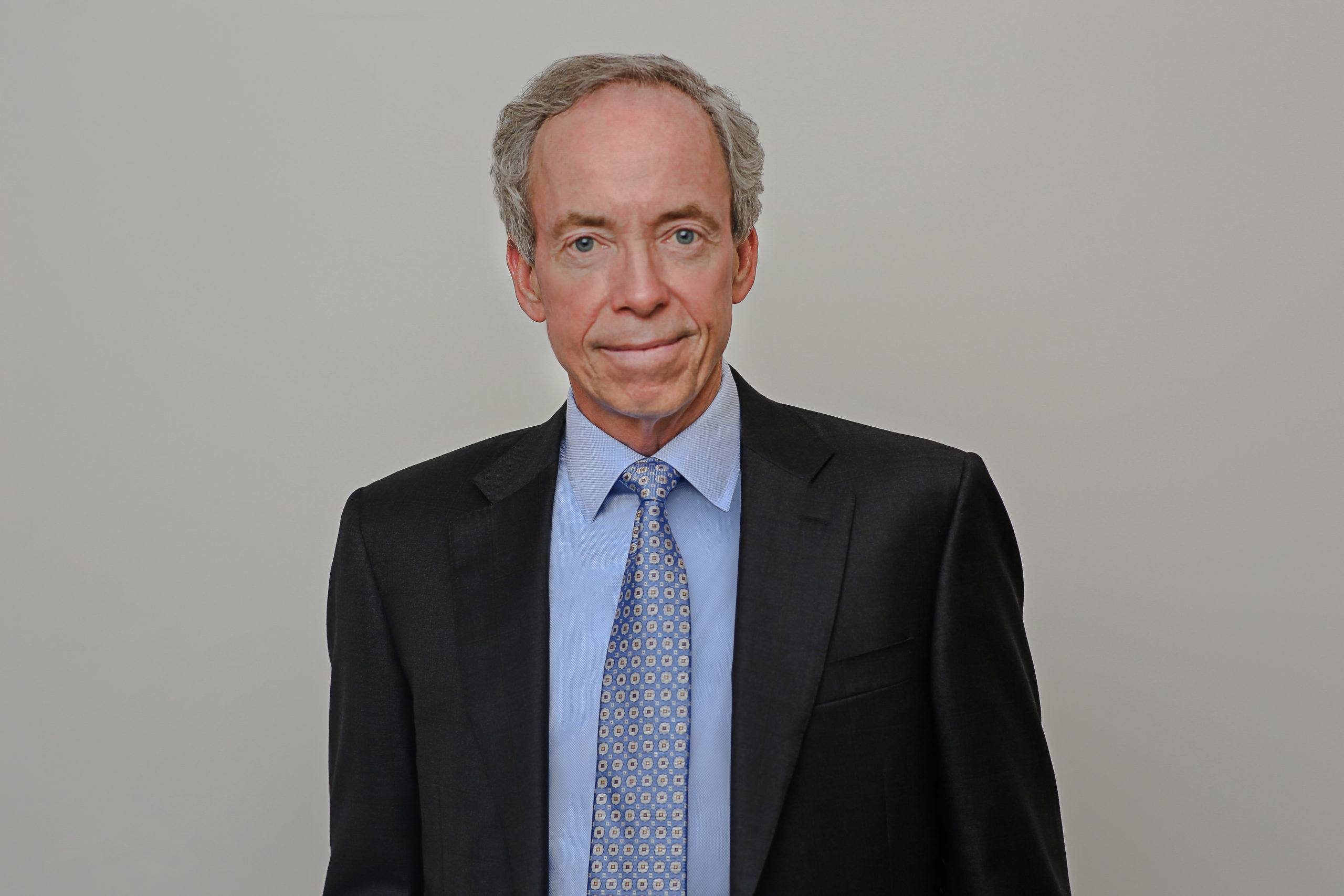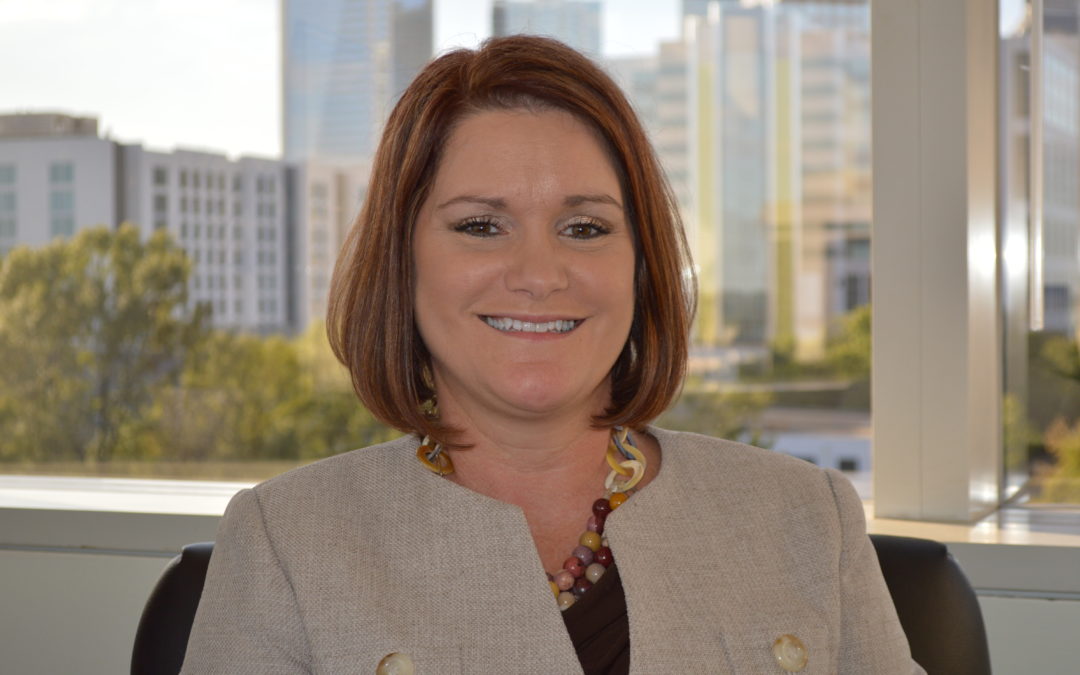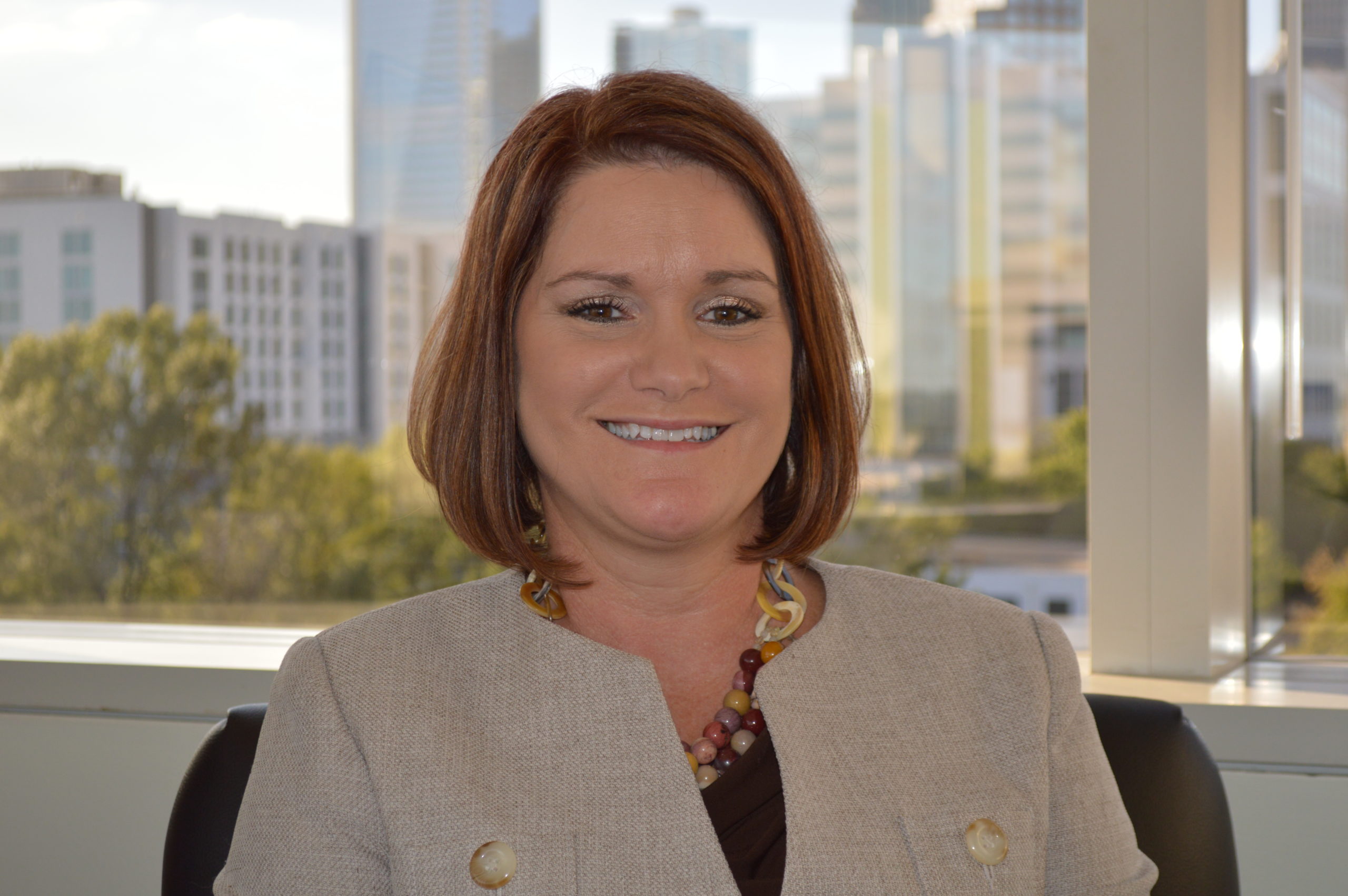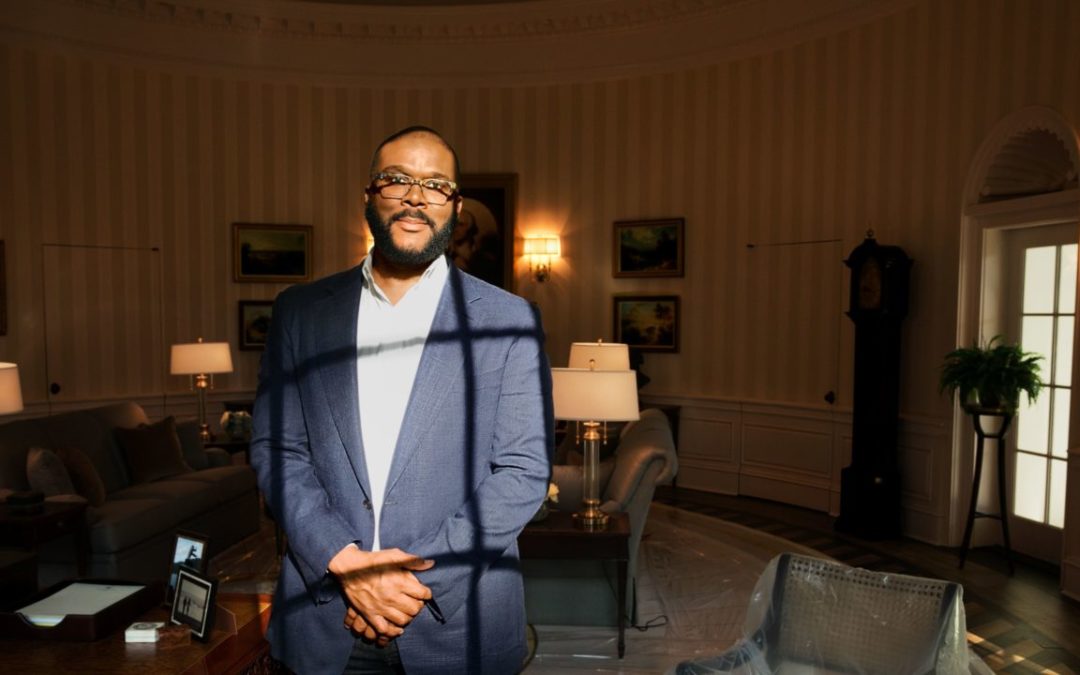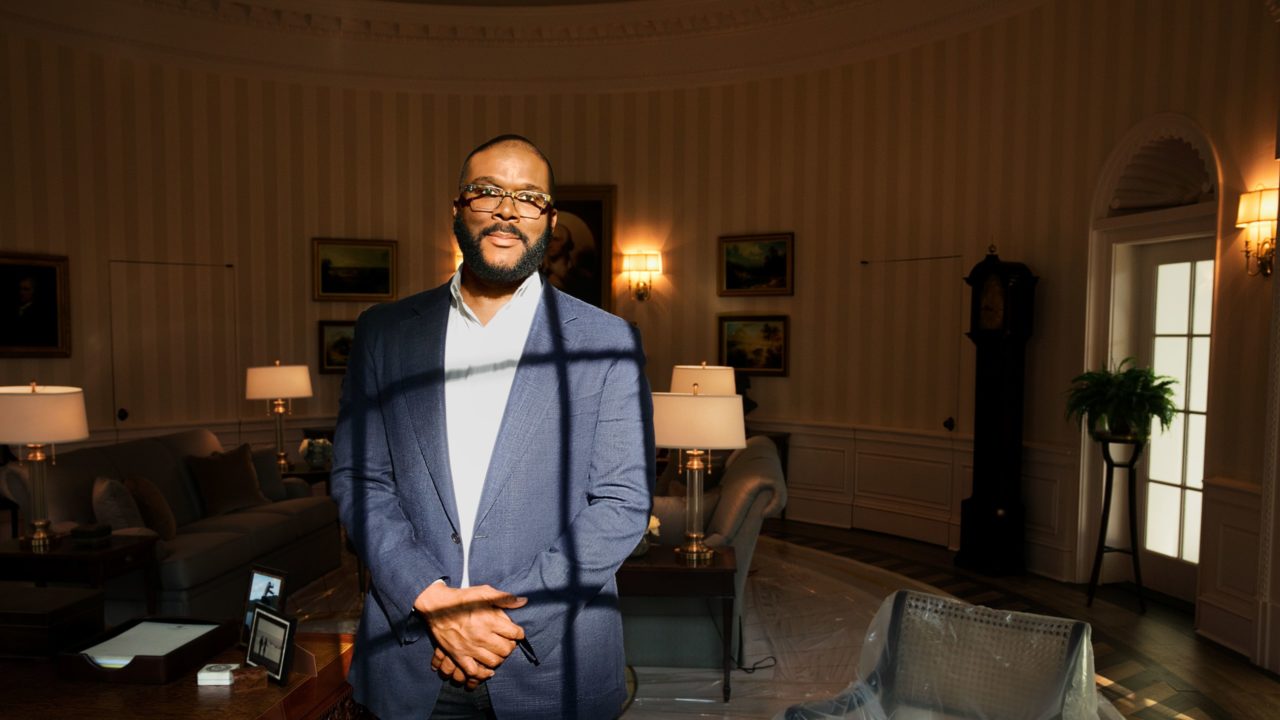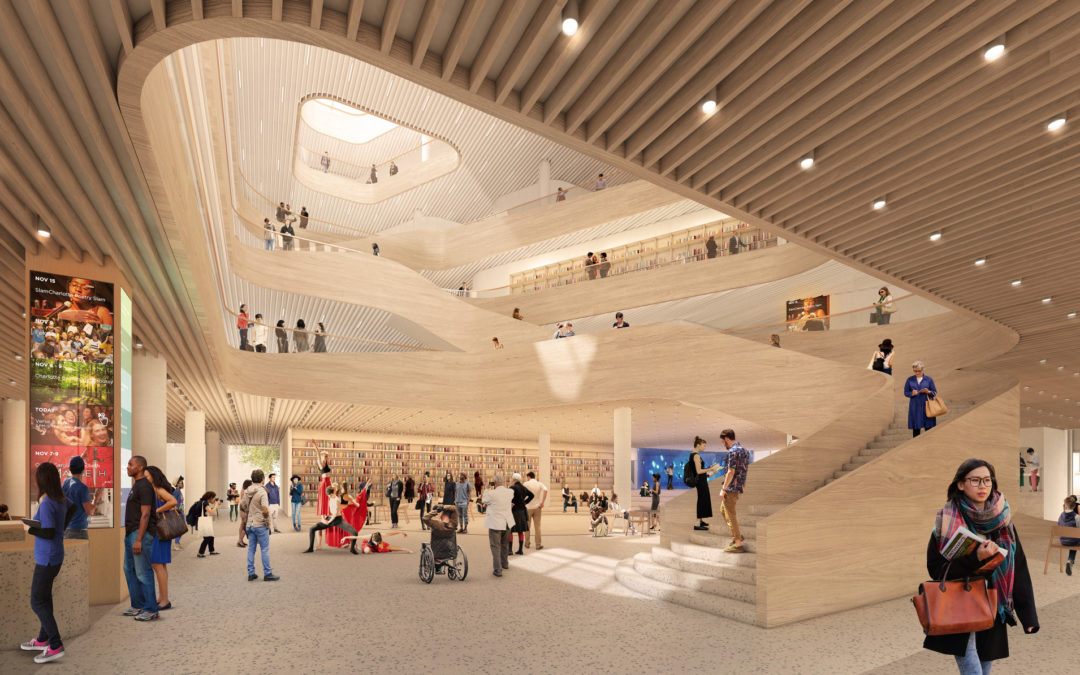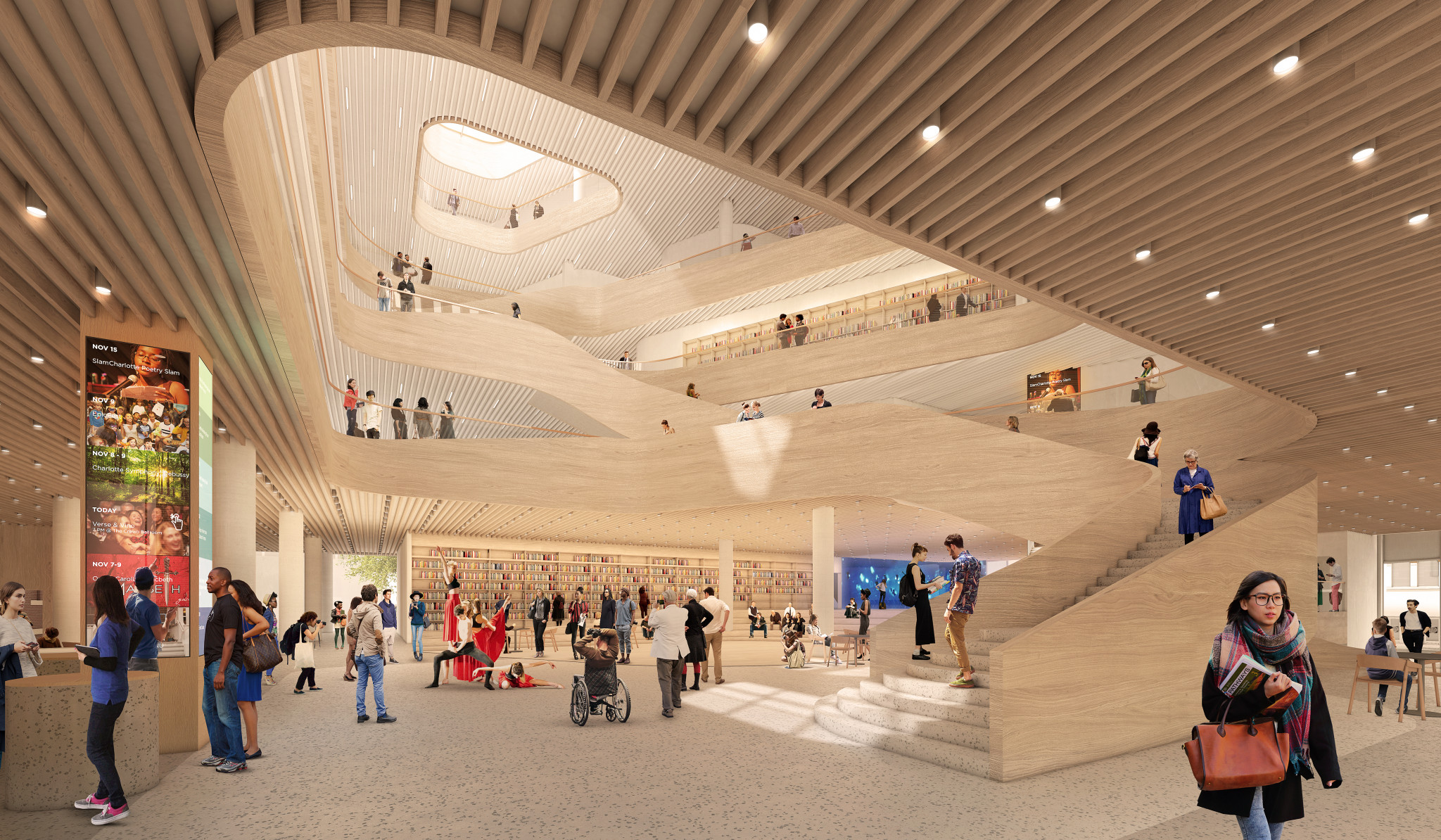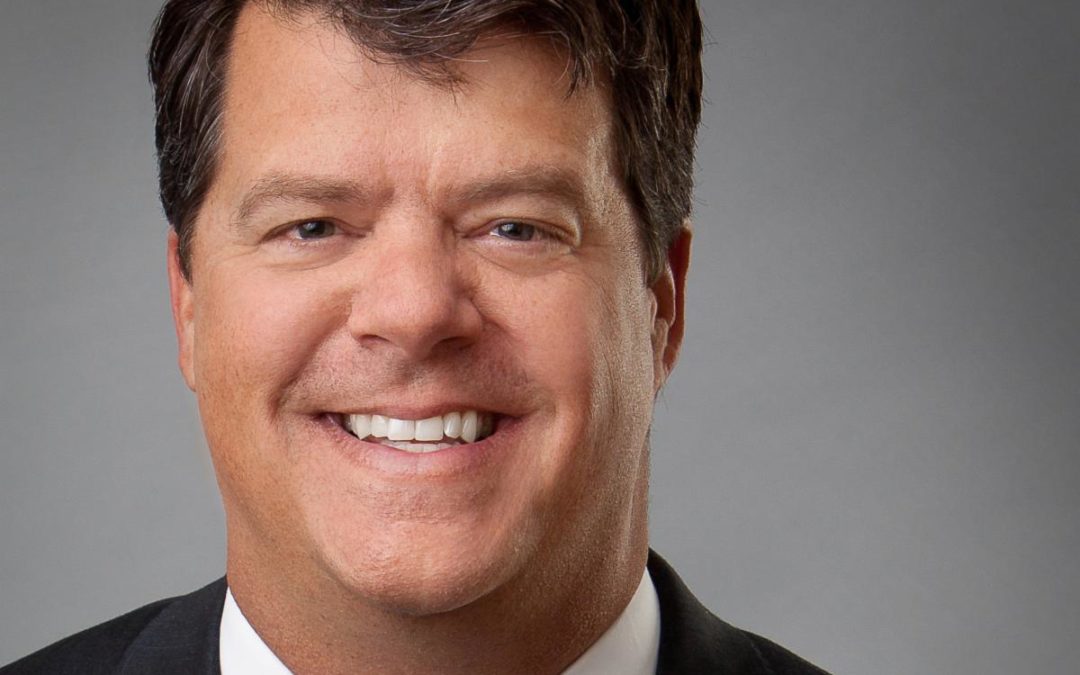
Spotlight on:Flint McNaughton, CEO & Founding Partner, SunCap Property Group
By: Felipe Rivas
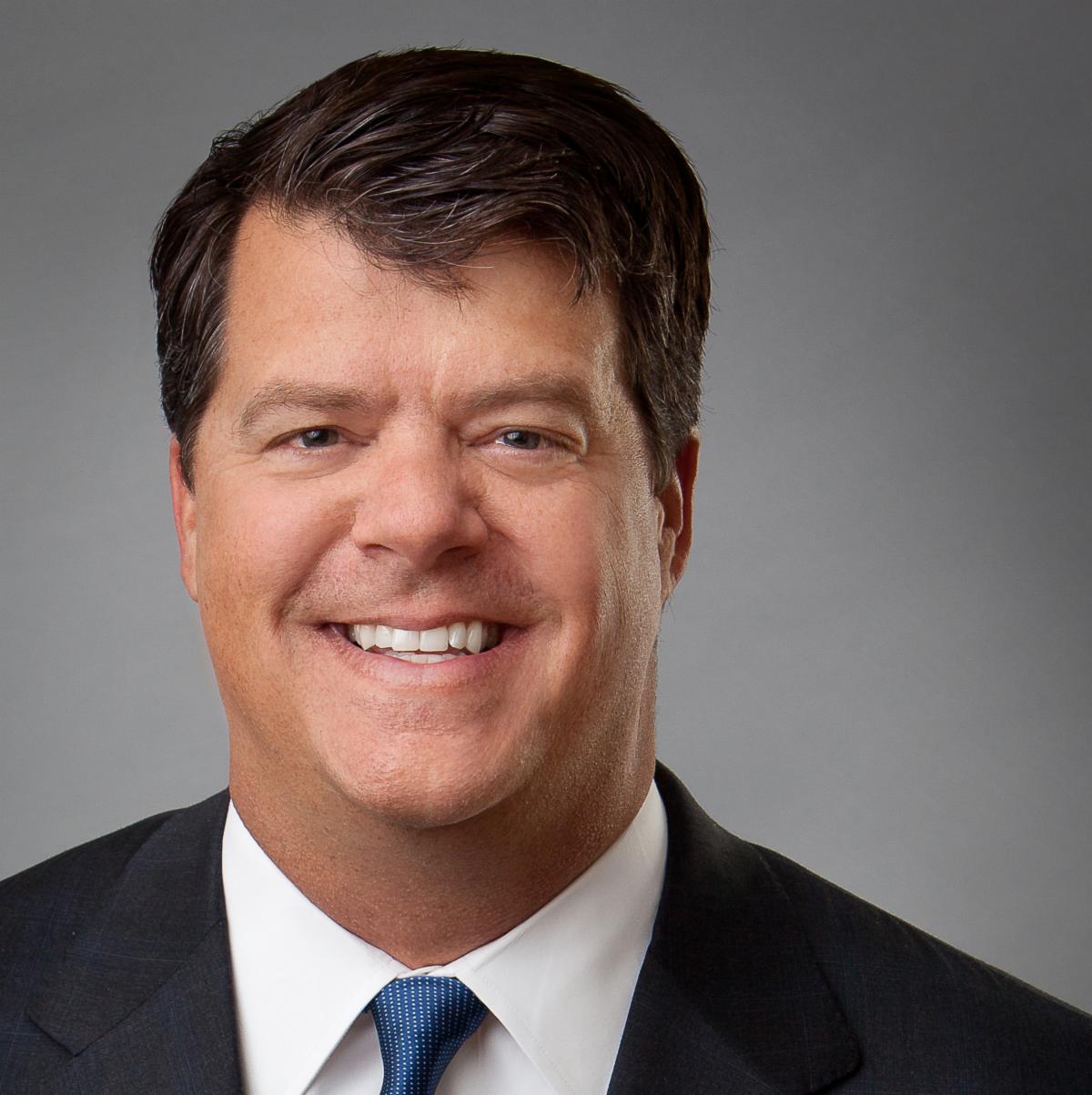
The Charlotte Metro Area offers access to capital, a talented and growing workforce, and an affordable cost of living. As a result, many companies and new residents are flocking to the region. Developers, however, must navigate the area’s competitive climate and tackle rising construction costs to materialize their projects. In an interview with Invest: Charlotte, SunCap Property Group CEO Flint McNaughton talks about the trend of companies relocating their headquarters to the area, the challenges for developers, and the outlook for the region amid continued growth.
What impact has the millennial workforce had on the region?
Companies continue to focus on recruitment and retention of millennials because they are a big and growing workforce. Many companies are adjusting their work schedules and environments to recruit and accommodate them. Many millennials are looking for lifestyle choices that provide flexibility. I think apartment life enhances that flexibility and is a major reason for the consistent positive absorption we have seen in the multifamily sector. In my opinion, there will continue to be growth in that area.
What are some challenges facing the commercial real estate development industry?
The biggest challenge today in the commercial real estate development industry is the rising cost of construction and land and how that affects underwriting. As costs rise, so must rents. When markets were trying to recover from the recession, contractors remained aggressive in their bidding and costs remained low. They were trying to keep the lights on. However, as the market recovered and their pipelines became full again, the aggressive bidding began to wane. Many contractors can pick and choose their projects now. In a hot Charlotte market, costs of labor and materials are up.
What is driving the region’s headquarters relocation culture?
Labor is a big concern for companies coming to the region. South End has been a robust and interesting story for Charlotte. It’s where the millennials and younger crowds want to go. When companies compete for employees, particularly the millennial generation, many of the companies find a competitive advantage by co-locating where those folks live. If you can live, work and play in an environment like South End, it checks a lot of boxes, and gives companies a competitive advantage over those located in smaller, less “amenitized” submarkets.
The headquarters relocation trend happening in the Charlotte Metro Area is largely driven by a number of positive attributes. Probably the biggest driver is the cost of living in the area, which is significantly less expensive than the other major markets. The region has a large well-diversified workforce, land, access to capital through its banks, and it is a great place to raise a family. When you can attract and retain young talent, it is a boom across industries and sectors, and I don’t think that will change in the near future.
What is the outlook for the region heading into 2020?
The different headquarter relocations to the Charlotte area serve as big milestones as to how the city is doing. From a macroeconomic perspective, the area has experienced tremendous, positive and sustained growth. The area has its challenges, but overall Charlotte is very healthy.
I’m bullish on Charlotte and believe this wave of momentum will continue. One of our biggest challenges will be investing in infrastructure to keep pace with that growth. Our roads, hospitals and education systems in particular will have to keep pace with that growth. The private sector will also have to get involved in upward mobility initiatives and be actively involved in the community to help the less fortunate move forward. We have to be smart, disciplined and fair about how we grow.
To learn more about our interviewee, visit: https://www.suncappg.com/

